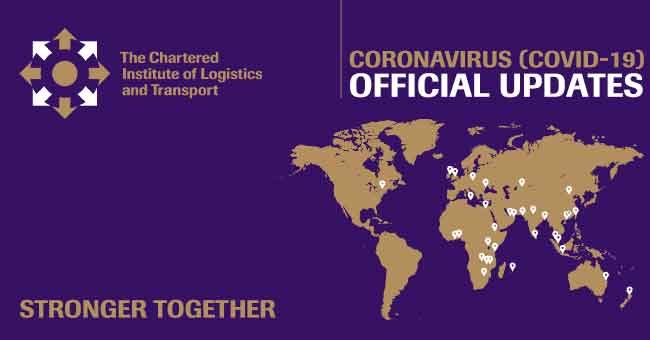The Covid-19 pandemic has forced all passenger airlines to rapidly re-think their network, capacity, product and marketing strategies. With demand decimated and over 50% of their fleets grounded, each airline is desperately assessing how best to chart their survival and recovery in the coming months and years.
In the United States there is a fascinating divergence in approach by airlines in one area of product and marketing strategy: the ‘Middle Seat’. The Middle Seat is located between the aisle and window seats on single aisle jets which operate most mainline US domestic services. These are Boeing 737s and Airbus 220, 319, 320 or 321s which have a 3+3 or 3+2 row seating configuration in their economy (‘coach’) section of the cabin. The Middle Seat typically accounts for 26% to 33% of seating capacity on domestic flights.
Of the four major US airlines, half are selling tickets for all seats on their aircraft including Middle Seats, whilst the other half are restricting Middle Seat sales. This diametrically opposed positioning has generated much debate in the industry and introduces an uncharacteristic divergence in approach between these major carriers. Remaining carriers, outside the largest four, are also split on this Middle Seat issue.
This article by Andrew Young, Chairman US Chapter, CILT North America will provide context on the status of the domestic airline market in the US since the pandemic, and outline how Middle Seat marketing has become a fascinating and polarized issue as airlines look to recover from the Covid shock.
This is an example of industry analysis from the United States which we are sharing as part of our global best practice resource to help you think about and determine appropriate responses locally.

